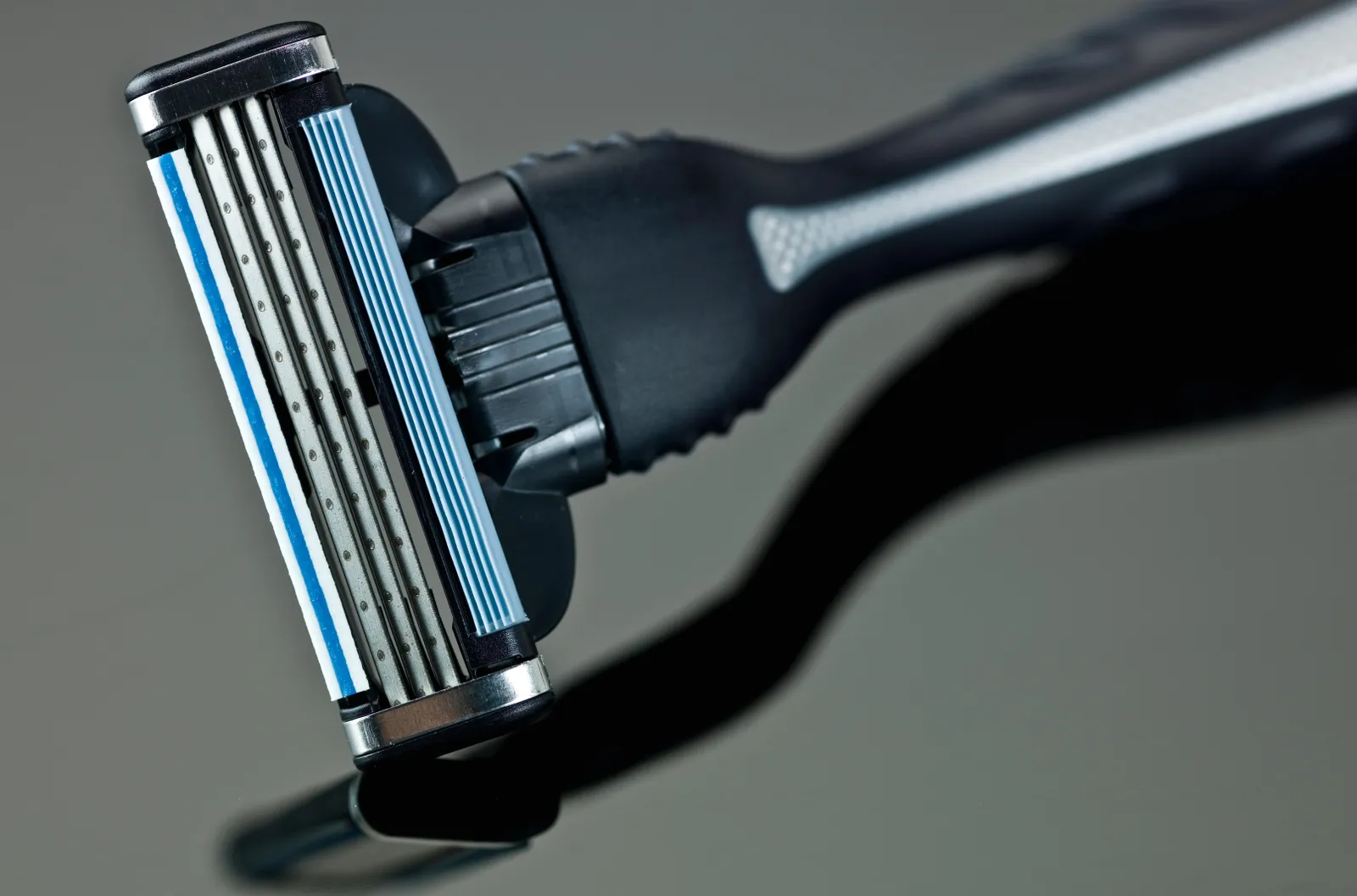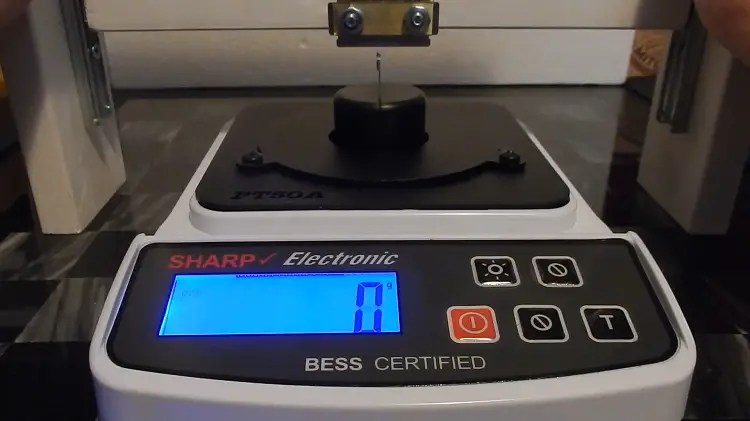Here’s an article that explores why razors don’t stay sharp. I wonder if this also applies to electric shavers?

 www.smithsonianmag.com
www.smithsonianmag.com

The Scientific Reason Why Razors Don't Stay Sharp for Long
When soft hair hits the blade’s weak points, it causes the metal to chip apart





